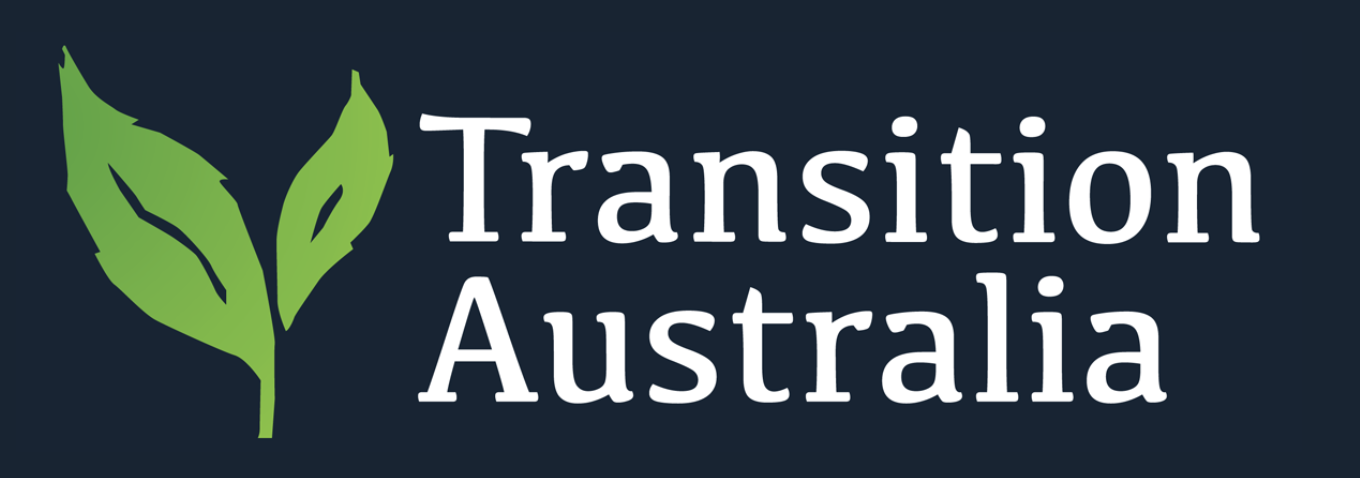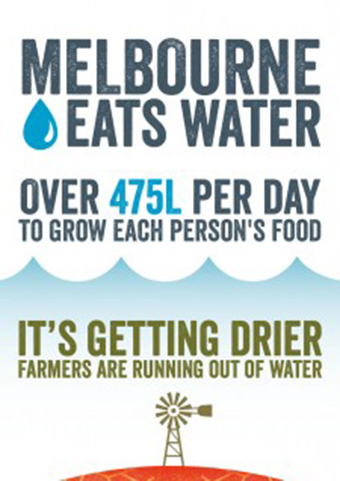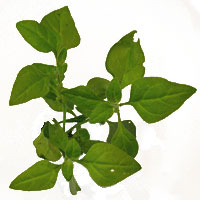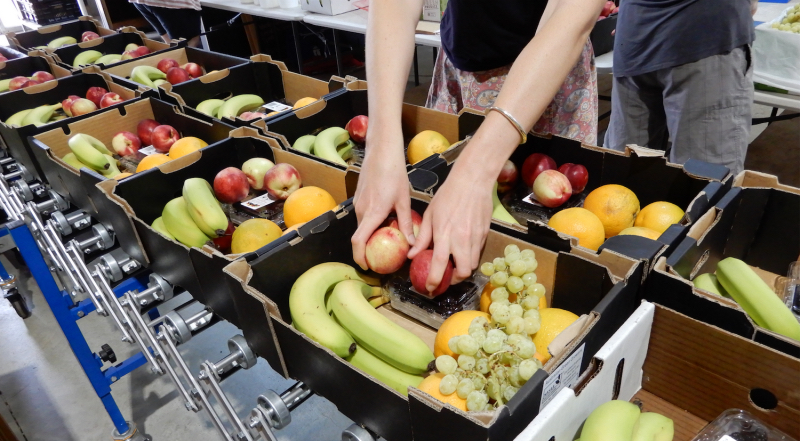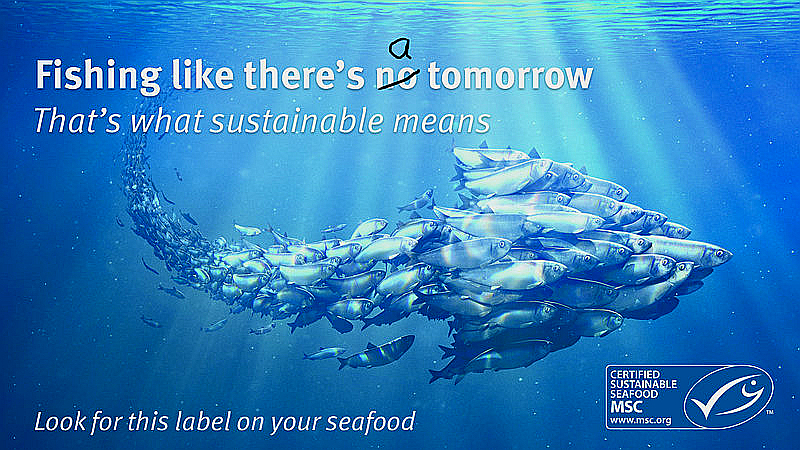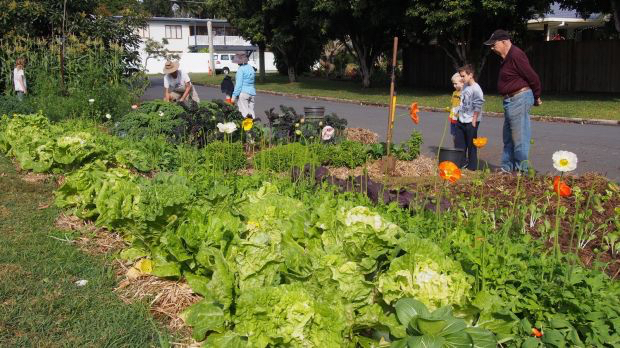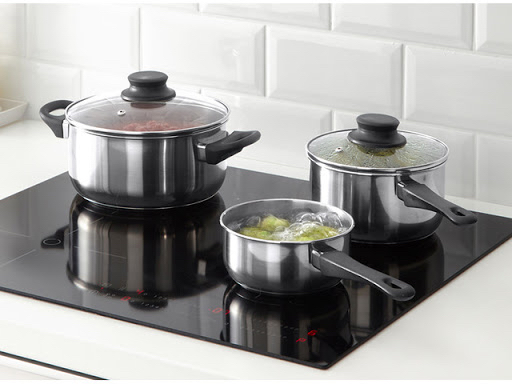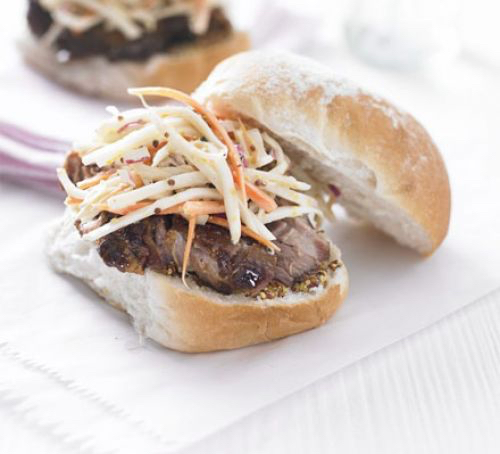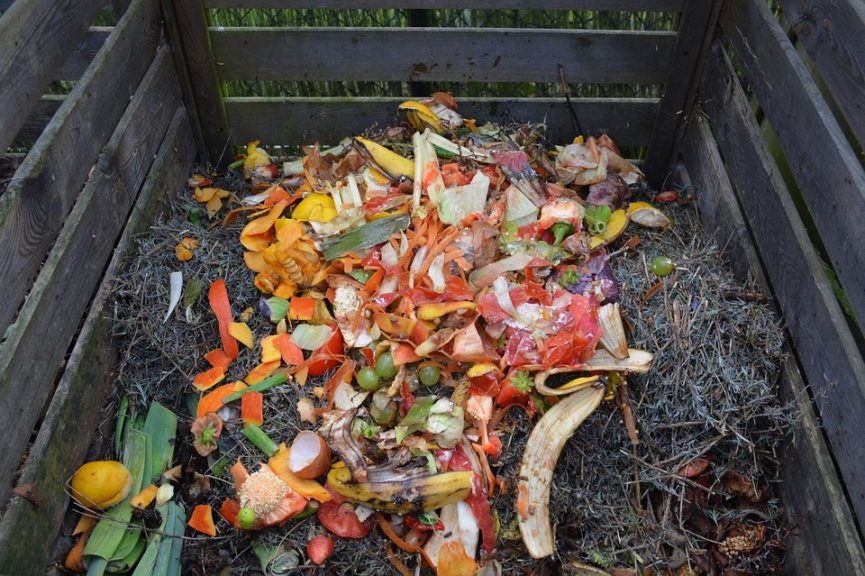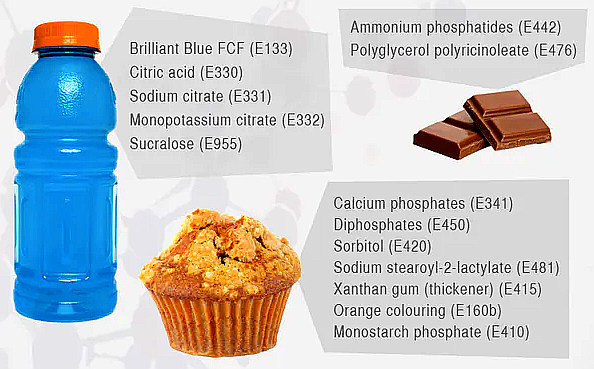How much water to grow our food?…….. Transition Streets 3.20 Melbourne University research looked at the amount of water used in irrigation, to grow the food eaten in Greater Melbourne. This did NOT include natural rainfall, and it does not include the water used in processing food prior to distribution. The result – 475 litres ( twice the amount of … Read More
Suburban Bush Tucker
Edible Native Plants…….. Transition Streets 3.19 Edible Australian native plants like muntries, finger lime, warrigal greens, apple-berry, native pig-face, midgen berry, and sea-celery, can add spice to small gardens. In larger spaces, trees like riberry, and macadamia can provide both shade and food. Sustainable Gardens Online – explore the edible Australian native plants, plus gardening tips. Interest in Bush Foods … Read More
Open Food Network
Another Way to Sell…….. Transition Streets 3.18 This is a new and unusual story – The Open Food Network is a not-for-profit organisation that has created a software platform to underpin a new food sales and distribution system that is fair, local, and transparent. They also run events and projects that help community food enterprises thrive. Their mapping technology makes … Read More
Shop Local – Shop Fresh
Grubby Grower to Grateful Cook!…….. Transition Streets 3.17 Where do you start? There are local food swaps – a great way to swap excess food, meet local folks, talk about gardening and sustainability, and just generally get some hints, and buy a little food – like this food swap group in Darebin, Victoria. Some areas have VERY active community networks … Read More
Sustainable Seafoods
What Fish is That?…….. Transition Streets 3.16 More than three-quarters of our world fish stocks are fished right up to their limit. Commercial fishing methods also kills millions of animals every year, including turtles, dolphins and seabirds. Very few fisheries are actually certified as sustainable throughout the world. But we can make good choices and still enjoy seafood today, while … Read More
Free Food
Low Cost and Free Food…….. Transition Streets 3.15 There are many ways to get low cost and free fruit and vegetables. The most basic is guerrilla gardening – cultivating otherwise unused spaces, and establishing food gardens and edible forests. There are also organised systems of sharing excess produce – like Spare Harvest and Ripe Near Me. You can also search … Read More
Efficient Cooking
Save Energy while Cooking…….. Transition Streets 3.14 Treehugger website wrote a recent general article on The Green Kitchen and there is a good post –10 Ways to Save Energy while Cooking plus there is more on Efficient Cooking methods here.– pdf And if you are keen – check out this from Harold McGee. Tom Danby, Moonee Valley Sustainability, 2020
Everything Gets Eaten
What to do with Leftovers?…….. Transition Streets 3.13 Thoughtful planning means no wasted food, just enough for the one meal, or a cascade of left-overs into other meals. Lacking inspiration? Check out these 28 leftover recipes from the BBC Or these 49 recipes from the Jamie Oliver Kitchen Tom Danby, Moonee Valley Sustainability, 2020
Can I Compost This?
Is this Compost?…….. Transition Streets 3.12 Compostable Food Waste? The most basic is fruit and vegetable peelings and cuttings saved for your compost bin. What you can compost this way is outlined here from Sustainable Gardening Australia. But by using a Bokashi type fermentation system, prepared foods, meat, dairy, egg, coffee & tissues can also be turned into compost. This … Read More
Ready to Eat the Additives?
Is this Engineered Food?…….. Transition Streets 3.11 Ready to Eat – highly processed foods, while convenient and tasty, have an ingredients list that highlights the salts, sugars, colourings, and flavour agents needed to give these an appealing appearance, a long shelf life, and to use up cheaper base ingredients. There is little choice, you have to check the ingredients list – … Read More
